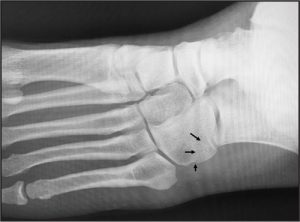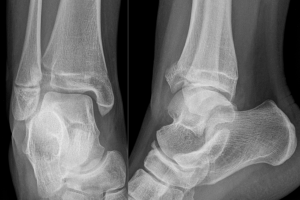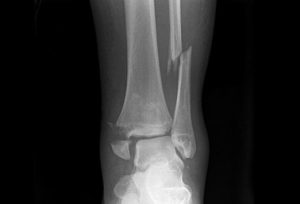The Fenton Classification System offers a structured framework to categorize cuboid fractures, enabling healthcare professionals to make informed decisions. Fenton fractures are separated into three distinct types:
Type I: Undisplaced Fractures At the less severe end of the spectrum, Type I cuboid fractures involve minimal or no displacement of the fractured segments. While these fractures may still cause discomfort, their relative stability allows for more conservative treatment approaches.
Type II: Displaced Fractures Type II fractures are characterized by noticeable displacement of the fractured pieces within the cuboid bone. This classification helps healthcare practitioners gauge the extent of displacement and tailor treatment plans accordingly.
Type III: Fracture with Associated Injuries The Type III classification accounts for cuboid fractures that occur in conjunction with injuries to nearby structures, such as the lateral column of the foot or the calcaneocuboid joint. Understanding these associated injuries is vital for comprehensive treatment strategies.




